
3D printing has gained popularity because it’s been found to be less expensive than more traditional methods, and clinical appliances and restorations can be produced in-office. Printing uses a streamlined process to produce high-quality results.
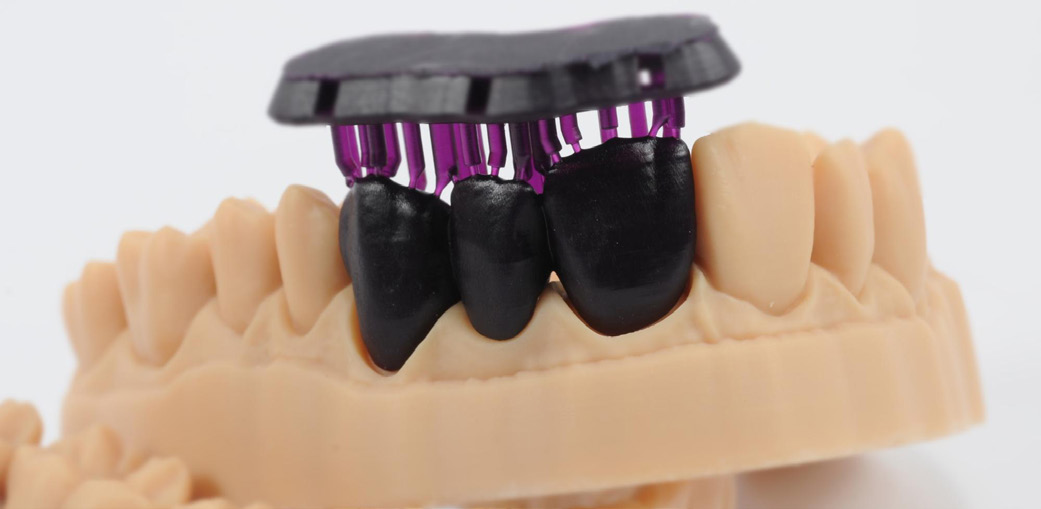 |
Wax-Ups/Diagnostic Casts
Diagnostic wax-ups and casts can easily be created to visualise and articulate a patient’s current and potentially future dentition. If traditional provisionals are desired, a matrix can be made on these casts allowing for intraoral fabrication. |
Nightguards
Printed guards allow for quick, repeatable guard construction which is not limited by acrylic shrinkage, leading to better fit and precision. As these devices can wear down over time, depending on the aggressive habits of our patients, it is very useful to have a resource to create a replacement device in-house. |
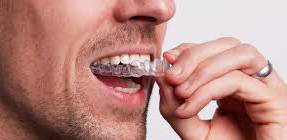 |
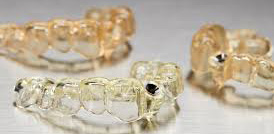 |
Surgical Guides
Surgical guides are made for precise placement of dental implants by merging a tooth scan with a CBCT. This makes your implant procedures faster and much more predictable. |
Models
Printed models are used when you would otherwise pour a stone model. This includes treatment planning, assessment, wax-ups and more. They are also used for various applications like thermoforming retainers, splints, mouthguards and aligners. Printed models also help facilitate improved treatment planning and communication with the patient. |
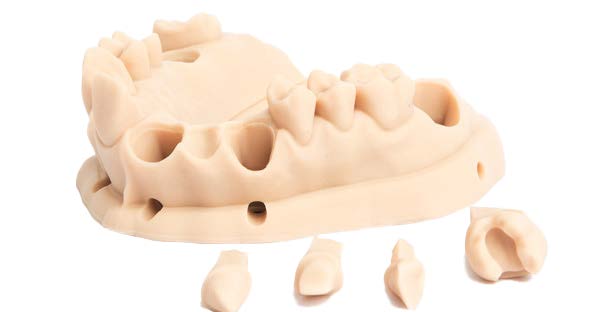 |
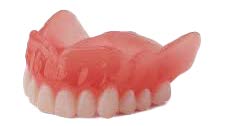 |
Dentures
Printed dentures and partials allow for a cost effective way to transition the dentate patient. Resins are continually being improved to stand up to the harsh conditions of the mouth. |
Temporaries
Provisional restorations can be made from a digital design to test occlusal and esthetic schemes. These materials can also be refined for durable, longterm provisionalisation procedures which assists in creating predictable final results. |
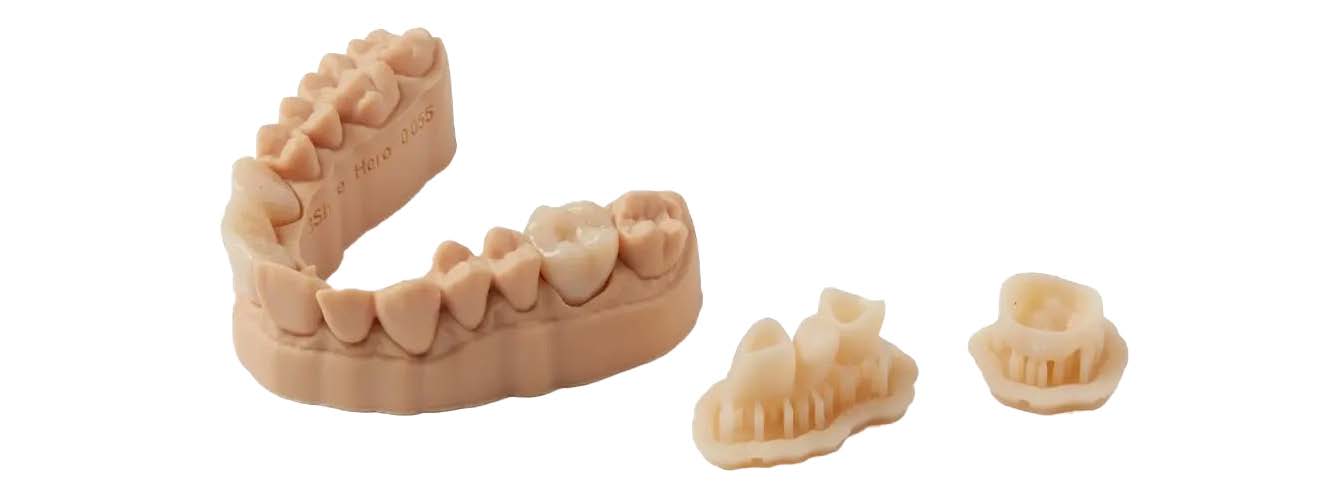 |
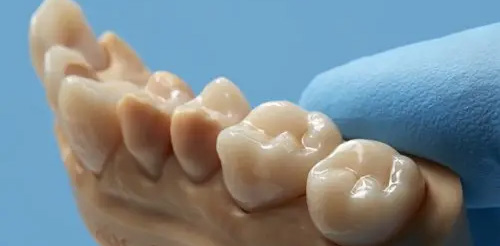 |
Permanent Restorations
Current resins have properties allowing for long-term cementation. Data will be needed to show how these restorations mature in the mouth but flexural strength properties of these materials are already impressive and improving. |
Who should consider purchasing a 3D Printer?
Many factors can influence the decision and timing of progression into the world of 3D printing. Is the objective to offer additional services within the practice and monetise them; or is it a matter of wanting to have greater control over treatment and workflows…or both?
3D printers offer many advantages and solutions for treatment in the world of digital dentistry. But like all new things, especially when it comes to technology, there is a learning curve. When the time is right to invest in a 3D printer, it is important that all members of the team who will utilise it are committed to spending the time to become proficient, so that all the benefits printing has to offer can be achieved.
Considerations when purchasing a 3D Printer.
1. What do I primarily want to use it for?
2. How does it fit with my current workflow and existing technology?
3. What training and support are available from the various suppliers?
4. What are the software and design capabilities?
5. What compatibility does theprinter have with the various resins available in our market?
6. Do I have footprint space for both the printer and post-processing equipment?
For more information on 3D Printers and Materials contact Hyll Coraj at Pacific Dental Specialties
hyll.coraj@pacificspecialties.co.nz
Phone: 021 053 4561